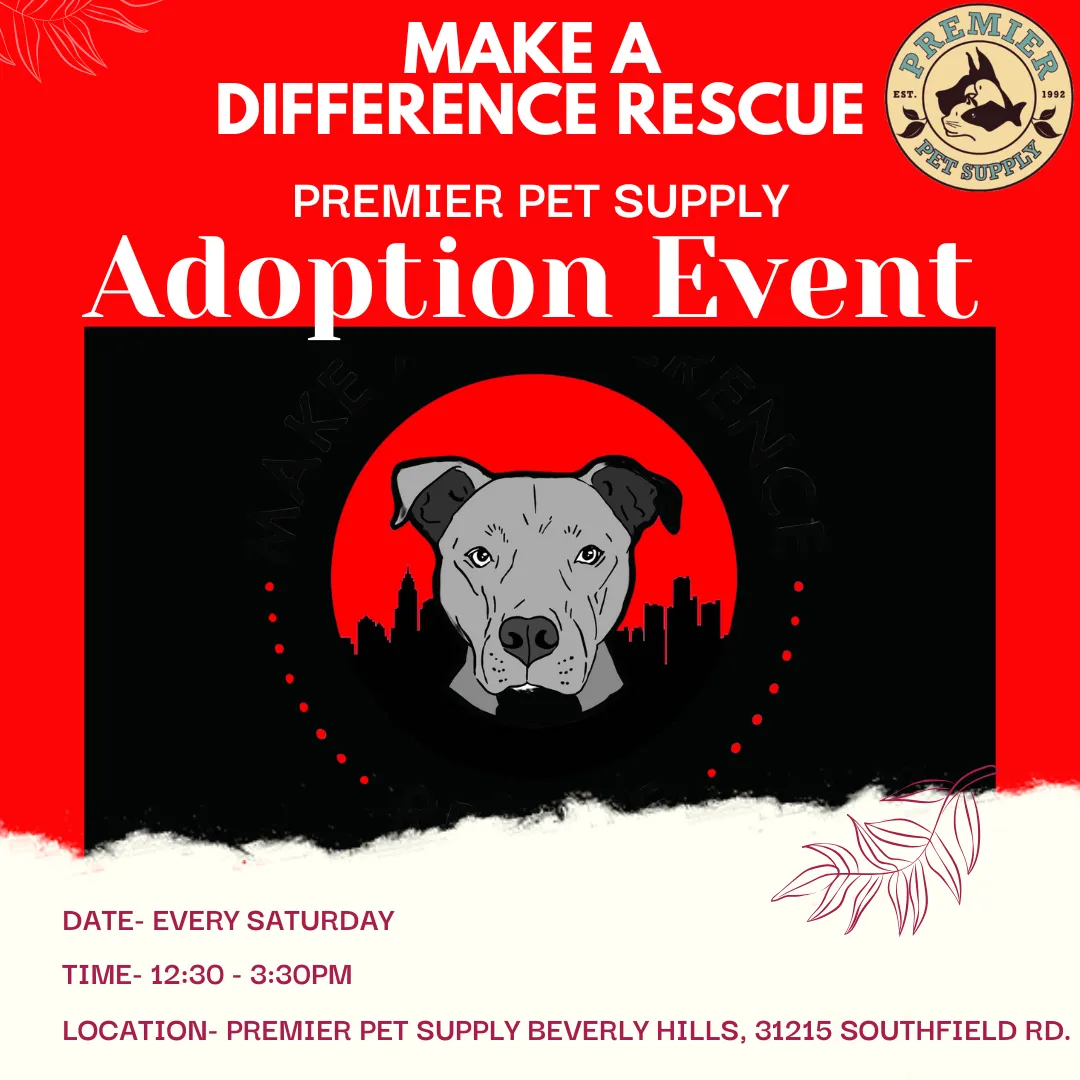Premium Pet Care Services & Supplies | Premier Pet Supply
Explore Premier Pet Supply for top-notch pet care services and quality products. From our self-service dog wash to nutrition consulting, we’re dedicated to keeping your pets happy and healthy.

Nail Trims
Nail trimming is an important part of your pet’s basic grooming needs and overall health.

Self-Service Dog Wash
Enjoy a mess-free bath time with our easy-to-use self-service dog wash stations!

Local Delivery
Get premium pet supplies delivered straight to your door with our fast and reliable delivery!

Nutritional Counseling
Pet food labels can be confusing - we're here to help you navigate them for your pets!
Trusted Pet Brands at Premier Pet Supply | Quality You Can Count On
Discover a wide range of trusted pet brands at Premier Pet Supply. Shop quality products from top names in pet care, ensuring your furry companions get the best.
CURRENT DEALS
Stop by Premier Pet Supply to save on the best pet supplies to help keep your pet healthy and happy!

UPCOMING EVENTS
Stay up-to-date with exciting upcoming events at our pet supply store in Beverly Hills. From product demos to special promotions, join us for fun activities and exclusive deals for your furry friends. Don’t miss out!

JOIN US ON INSTAGRAM
Follow Premier Pet Supply for all things pets! Discover premium products, expert tips, and fun ideas to keep your furry friends happy, healthy, and spoiled. Join our community of pet lovers!
FOLLOW USWhat Our Customers Say
Discover why pet owners in Beverly Hills love Premier Pet Supply. Read glowing 5-star reviews highlighting our exceptional service, quality products, and dedication to your pets!
Locations
Beverly Hills
Open Today from 8:30 AM - 8:00 PMBeverly Hills, MI 48025
We Carry Supplies For: Bird, Cat, Dog, Reptile, Small Animal
Detroit
Open Today from 11:00 AM - 7:00 PMLivonia
Open Today from 8:30 AM - 8:00 PMNorthville
Open Today from 8:30 AM - 8:00 PMNovi
Open Today from 8:30 AM - 8:00 PMRiverview
Open Today from 8:30 AM - 8:00 PMRochester Hills
Open Today from 8:30 AM - 8:00 PMRochester Hills, MI 48307
We Carry Supplies For: Bird, Cat, Dog, Reptile, Small Animal
Shelby Charter Twp
Open Today from 8:30 AM - 8:00 PMShelby Township, MI 48315
We Carry Supplies For: Bird, Cat, Dog, Reptile, Small Animal
Troy
Open Today from 8:30 AM - 8:00 PMWest Bloomfield
Open Today from 8:30 AM - 8:00 PMWest Bloomfield Township, MI 48322
We Carry Supplies For: Bird, Cat, Dog, Reptile, Small Animal












.png)










